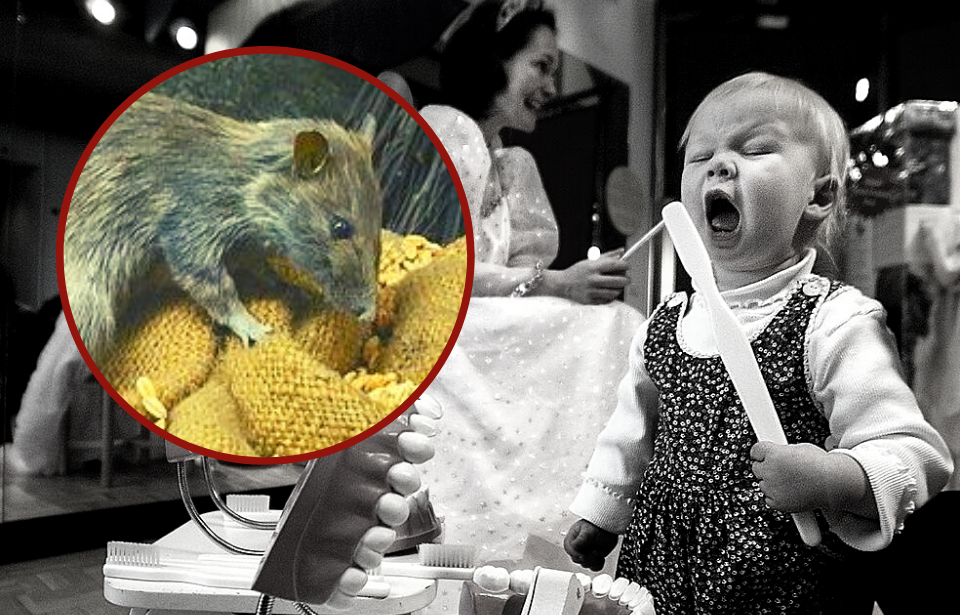Tooth Fairy checklist:
Small, sparkly fairy – check.
Carrying a wand – check.
Sweet-tempered – check.
Bag of coins – check.
Could be a Viking – erm…
Might be a rat – what?!
Today, the image of the Tooth Fairy is pretty well ingrained in kids’ minds. But there’s a longer history to the Tooth Fairy than you might think – and some of her incarnations over the years might surprise you.
Teeth were destroyed to prevent witches from getting them
In the Middle Ages, many people were concerned about a witch casting a spell on them. It was believed that witches could gain power over you if they had something from your body, such as your hair, nail clippings, or teeth. So it became the custom to bury or burn a children’s lost tooth to prevent a witch from getting hold of it.
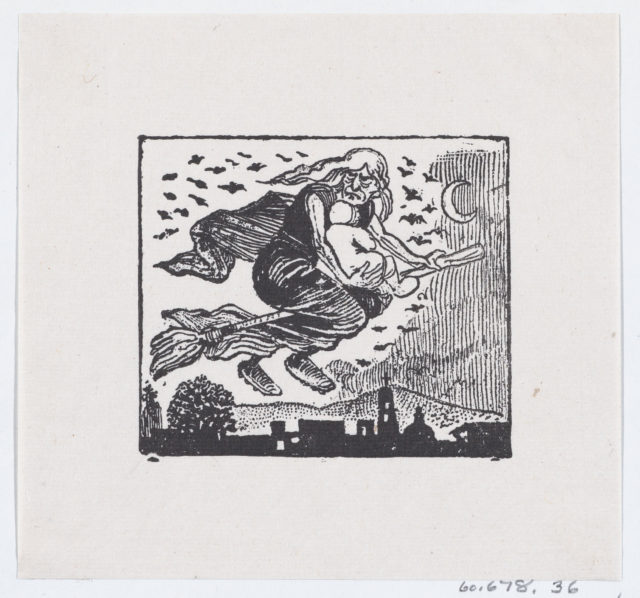
A rat eating your tooth would lead to strong teeth
Another way of disposing of teeth was to leave them out for rats and mice to eat. Because rodents were considered to have very strong teeth, one eating your tooth was seen as good luck and a way to get strong teeth yourself.
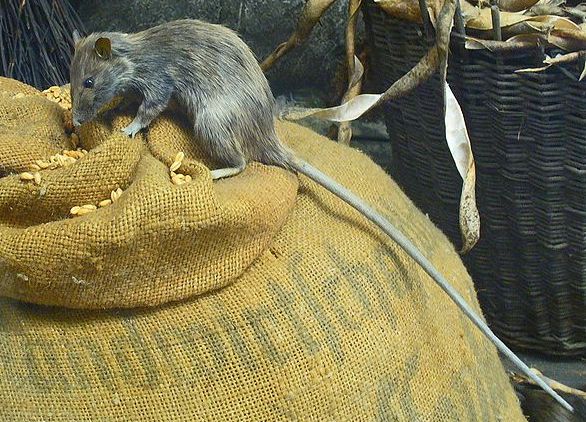
Vikings paid their kids for teeth
A fierce Viking warrior is not the first image that pops into your mind when you think of the tooth fairy, but a tooth necklace was a good luck charm in battle. Adult Vikings would pay children for their teeth when they fell out.
The tradition was common enough that it is even mentioned in the Eddas (early Norse writings dating from around 1200). These documents mention a “tand-fe,” which translates to “tooth fee.”
Eventually, the idea of paying children for teeth spread all across Europe.
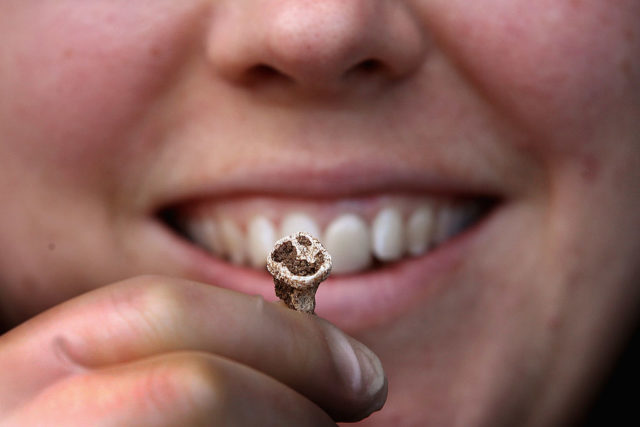
The Tooth Mouse
In France, Belgium, Morocco, and Switzerland, La Petite Souris (The Little Mouse) retrieves the tooth from beneath the pillow and leaves a coin.
It’s possible the idea came from La Bonne Petite Souris, a children’s story from 18th century France. A fairy helps a good queen defeat an evil king by becoming a mouse, hiding under the king’s pillow, then knocking his teeth out.
In certain Spanish-speaking countries, the Tooth Mouse is called Ratoncito Perez, and children put their tooth in a cup of water that Ratoncito Perez drinks. This version of the Tooth Fairy even has his own museum.
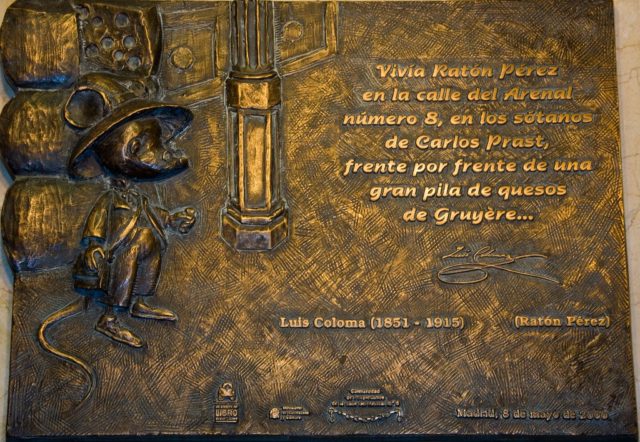
Teeth that are thrown away (but in a specific manner)
The website Dragons and Beasts Live collected Tooth Fairy myths from around the world, and a surprising number of places think that you should throw teeth away in a specific manner.
In Korea and Brazil, teeth are thrown onto roofs in the hope that a bird will come and take them away. The opposite belief is held by Nepali people who bury their teeth to ensure that birds do not take them.
In Egypt and Middle Eastern countries, children throw their teeth at the sun, asking for a sparkling white tooth in return.
Children in Pakistan throw their teeth in the river to get good luck, while research has indicated that the ritual can include throwing the tooth into the fire or between the legs.

Hammaspeikko: The Tooth Troll
Not exactly a benevolent Tooth Fairy, the Hammaspeikko is a troll in Finland that is lured by candy. If they find a child eating candy, they will drill holes in their teeth.
But it’s okay – brushing will scare them away.
It’s possible the troll was in the inspiration for the “Cavity Creeps,” creatures made of rock that were part of a marketing campaign by Crest toothpaste in the late 1970s and early 1980s. The Cavity Creeps constantly tried to make holes in teeth but were always defeated by the Crest Team (heroes in Crest-themed jumpsuits).
Where to put your tooth?
For children in the UK and USA, it’s common practice to put your tooth under a pillow, or perhaps even in a specially designed tooth pillow.
However, in Colombia and South Africa, children might put their tooth in a slipper and in the Philippines, the tooth is left on the windowsill so that the Tooth Rat can easily pick it up before moving onto the next house.
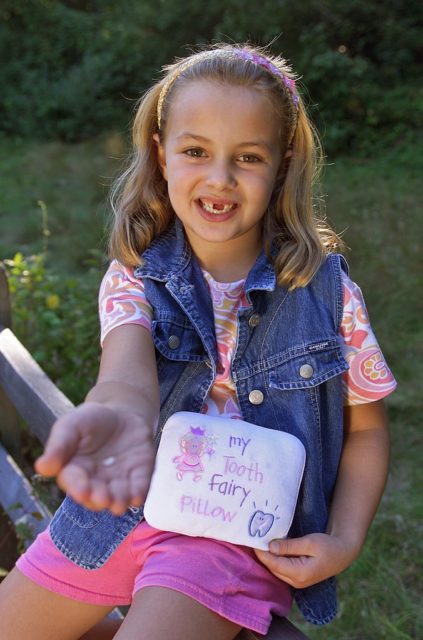
Inflation applies to teeth as well
In a Chicago Tribune article dated 1908, author Lillian Brown suggested that parents should put five cents under a child’s pillow as an incentive for them to have baby teeth pulled when necessary.
A large insurer called Delta Dental carried out a nationwide poll in 1998 to get an idea of how much parents were paying, and the results showed it had risen to $1.30 per tooth. Further surveys suggested that the peak was $4.50 in 2017, falling to $3.70 in 2019.
In July 2021, The Dentist website reported research on both UK and US Tooth Fairy payments.
In the UK, the average cost of a tooth was £3.42, according to research by Stem Protect. This figure reflected the fact that in some places children got £0.50 while in others they got £2.50.
In the US, children in the Midwest received $3.71 per tooth, while those in the Northeast received $4.35.
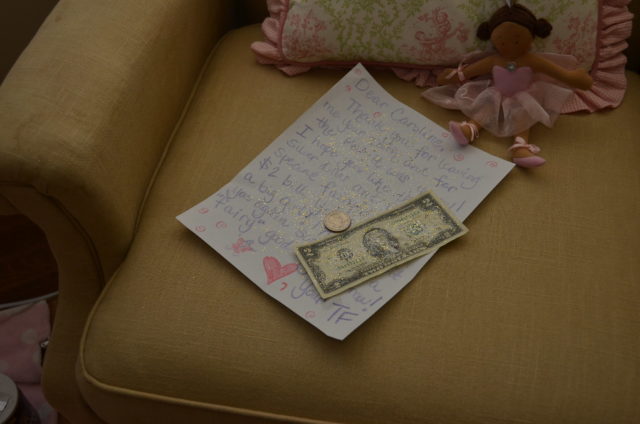
How much money must the Tooth Fairy have?
The same article extrapolated how much money the Tooth Fairy would need to pay each child for their teeth.
“Ultimately, if each child in the UK lost only one tooth per year, the Tooth Fairy fortune would have to amass to a staggering £40.9m to cover the money left under pillows, or £818.1m a year if each child lost all their milk teeth!”
The numbers are even higher in the US. “If each child lost one tooth a year, the Tooth Fairies’ bill would be a whopping $283.1m a year! If every child lost only half their baby teeth, the Tooth Fairies would need $2.8bn to keep up with America’s dental demands.”
Some parents reduce the money left behind if the tooth is decayed and hasn’t been looked after properly by the child. Other reasons for depleted monetary gifts include untidy bedrooms, not going to bed on time, and not eating your vegetables.

One dentist had to deny she was the Tooth Fairy because she knew so much about her
Professor Rosemary Wells of Northwestern University Dental School wanted to find out more about the history of the tooth fairy. After writing several magazine articles, conducting a survey of 2,000 parents, appearing on The Oprah Winfrey Show, and setting up a museum, Wells became a leading voice. In fact, according to the Salon website: “A spokesperson for the Chicago Dental Society added, ‘We have no position on the Tooth Fairy. I refer all inquiries to Ms. Wells.’”
Her name became so intrinsically linked to the Tooth Fairy that she had to clarify in an interview with The Chicago Tribune that she wasn’t actually the Tooth Fairy herself.
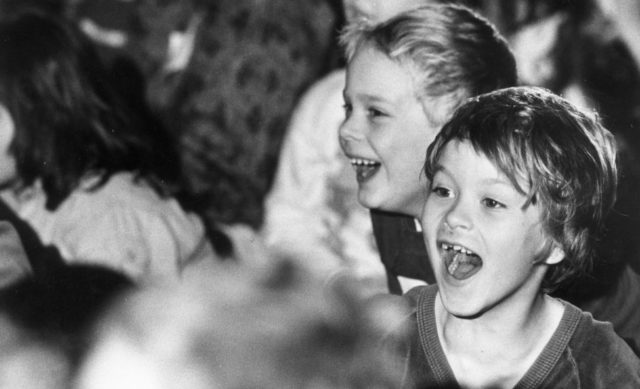
The Tooth Fairy mainly evolved due to a need for comfort
Given that there is some form of “tooth-taker” in cultures throughout the world, Wells and others have considered why this might be. The general consensus is that losing a baby tooth is the first rite of passage in a child’s life. It can be a scary time when bits of you start falling off!
So, the Tooth Fairy was invented to help with that transition. Cindy Dell Clark in Flights of Fancy, Leaps of Faith suggested that money is incorporated into the ritual to help the child feel they have gained some kind of “increased agency and responsibility.”
However, Dell Clark also suggested that maybe adults find comfort in the myth too because belief in the Tooth Fairy shows that their child is not “growing up too soon.” Wells agrees that parents gain some comfort because a child that believes in such a fantasy is not yet grown up.
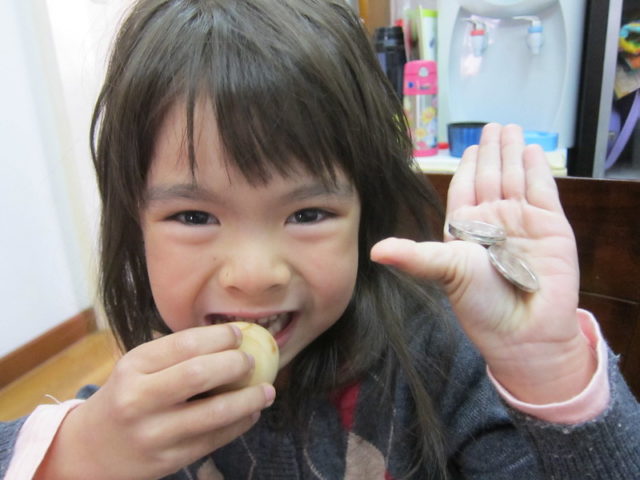
There is a Tooth Fairy website
After being responsible for the Original Tooth Fairy Poll, Delta Dental went on to create a website that has information on the Tooth Fairy (written in a style that suggests the Tooth Fairy herself wrote the text).
One of their resources offers parents the opportunity to download template letters from the Tooth Fairy, certificates, and activities.
There are also apps that can allow parents to insert the fairy into photographs or have a voicemail from her.
The Tooth Fairy had her own museum in Illinois
Rosemary Wells once turned one portion of her home in Deerfield, Illinois, into the Tooth Fairy Museum.
Enchanted America describes how the museum “contained more than 100 tooth fairy dolls, about 700 drawings by kids, books, pillows, painting, sculptures and boxes designed to hold baby teeth.” Local schools would often visit the museum.
Sadly, this attraction was closed following Wells’s death in May 2000.
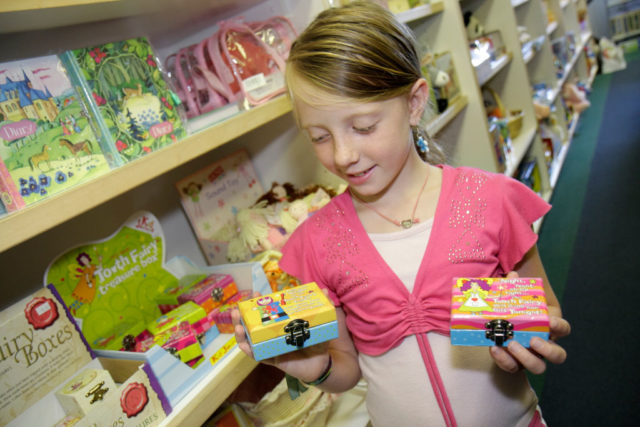
What does the Tooth Fairy do with all those teeth?
It’s a question that many parents have been asked, and Vox has some answers: “some homespun stories have the fairy using discarded teeth for piano keys, or placing them in the mouths of newborn babies. Others say the fairy needs the teeth for scientific research.”
In addition, on Delta Dental’s website the Tooth Fairy advises: “I use only the cleanest, healthiest teeth to build my pearly white palace.”
The lengths to which parents go to keep the myth alive
The Vox article also detailed the stories of some parents’ efforts to keep the Tooth Fairy myth alive.
“I really screwed myself by writing a note from the tooth fairy the first time,” Gina remembers. Once you’ve written a note for one tooth, you have to write one for every tooth. “It was the bane of our existence. My daughter never forgot!”
Lydia used gold dollar coins instead of notes. When it looked like her daughter might lose a tooth at Disneyland, Lydia tried in vain to track down some coins. “We asked every vendor, shopkeeper, and hotel desk person… the answer across the board was no.”
When Risa’s son lost a tooth while they were on vacation in Maine, Risa made up a swift story to explain that the local “tooth lobster” hadn’t been told by the Tooth Fairy that they were in the area and would visit the following night. The lobster did indeed visit the next night, leaving behind a note and some seaweed.
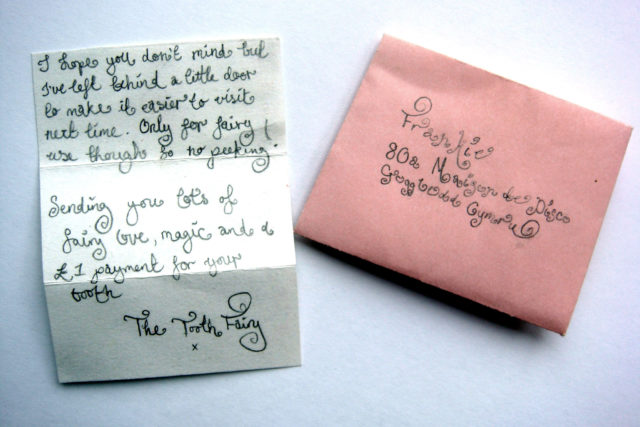
More from us: The origins of the Easter Bunny and Easter eggs
When one parent forgot to switch the teeth for money, she told her daughter the Tooth Fairy was an underperformer at work. “I would have to pretend to be disappointed and tell her that I would email the tooth fairy’s supervisor. After it happened a couple of times, she would just say, ‘Mom, you need to email them again about the tooth fairy.’”
